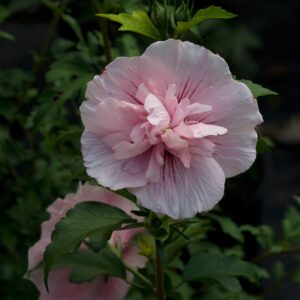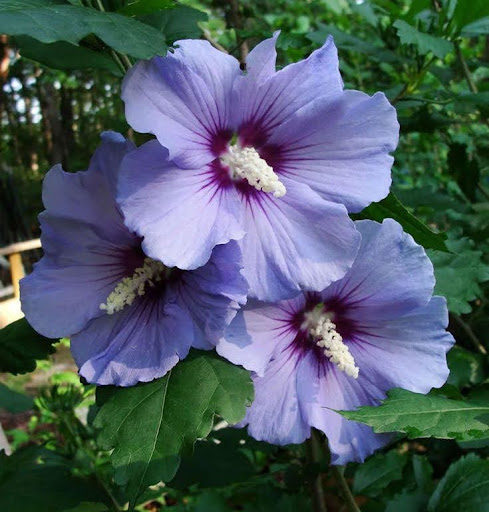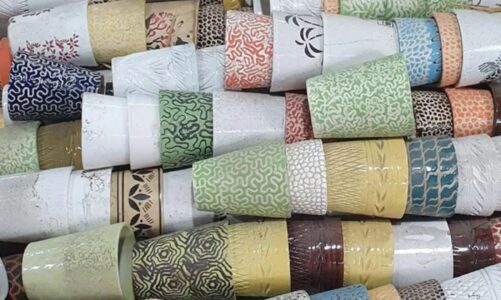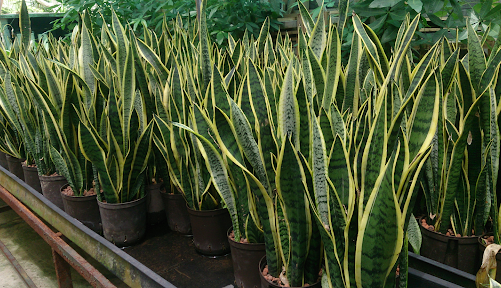Contents
The name “rose of Sharon” evokes a certain mystique, conjuring images of delicate petals kissed by the desert sun. But what exactly is this captivating flower, and what secrets does it hold? In this comprehensive guide, we’ll delve into the world of the rose of Sharon, exploring its history, characteristics, varieties, care requirements, and cultural significance.
Botanical Beauty:
Before we unravel the rose of Sharon’s charm, let’s address a common misconception: it’s not actually a rose! The two most commonly known plants bearing this name belong to different genera:
Hibiscus syriacus: This deciduous shrub, native to East Asia, is the quintessential “rose of Sharon” in North America. With its vibrant blooms adorning the landscape from midsummer to fall, it’s a garden favorite.

Hypericum calycinum: This evergreen shrub, hailing from southeast Europe and southwest Asia, also goes by the name “rose of Sharon.” Its golden yellow flowers and glossy foliage bring a touch of sunshine to any space.

A Kaleidoscope of Colors:
Both species boast a captivating array of blooms, ranging from pure white and vibrant pink to deep purple and stunning red. Some cultivars even flaunt bicolors and charming variations on the theme. Each blossom unveils a delicate crinkled texture, reminiscent of silk, adding to their ethereal beauty.
Nature’s Gift of Resilience:
The rose of Sharon isn’t just a pretty face; it’s a tough cookie too! These shrubs thrive in various soil conditions, tolerate heat and drought, and are relatively pest- and disease-resistant. This makes them ideal for beginner gardeners and those seeking low-maintenance plants.
Cultural Tapestry:
The rose of Sharon’s charm extends beyond the garden. It holds deep cultural significance in various regions:
- South Korea: The hibiscus syriacus variety, known as “Mugunghwa,” is the national flower, symbolizing perseverance and immortality.
- Biblical References: While the true identity of the “rose of Sharon” mentioned in the Song of Solomon remains debated, the name evokes themes of beauty, purity, and love.
- Folklore and Legends: In some cultures, the rose of Sharon is associated with healing properties and protection against evil spirits.
Planting and Care:
Bringing a rose of Sharon into your garden is a rewarding experience. Here are some key tips for ensuring its success:
- Sunlight: Choose a location with full sun or partial shade for optimal growth and flowering.
- Soil: Well-drained soil is crucial. Amend clay-heavy soils with compost or sand for better drainage.
- Watering: Water deeply but infrequently, especially during the first year. Established plants tolerate drought well.
- Pruning: Light pruning after flowering encourages bushier growth and more blooms.
Blooming Beyond Borders:
With its easy-going nature, stunning blooms, and rich cultural tapestry, the rose of Sharon deserves a place in every garden. So, whether you’re drawn to its vibrant colors, symbolic significance, or simply its effortless beauty, consider welcoming this captivating flower into your life.
FAQs about the Alluring Rose of Sharon
The rose of Sharon, with its stunning blooms and easy-going nature, has captivated gardeners and nature lovers alike. But before you bring this beauty into your own space, you might have some questions. Worry not, these FAQs will unravel the mysteries of the rose of Sharon!
- What exactly is a rose of Sharon?
There are actually two plants commonly known as “rose of Sharon”:
Hibiscus syriacus: This deciduous shrub, native to East Asia, is the most popular rose of Sharon in North America. It boasts vibrant blooms in white, pink, purple, red, and even bicolors.
Hypericum calycinum: This evergreen shrub, hailing from Europe and Asia, offers golden yellow flowers and glossy foliage, adding a touch of sunshine year-round.
- How long does a rose of Sharon bloom?
Get ready for a long show! The rose of Sharon typically blooms from midsummer to fall, gracing your garden with color for months.
- Is the rose of Sharon easy to care for?
Absolutely! This low-maintenance plant thrives in various soil conditions, tolerates heat and drought, and is relatively pest- and disease-resistant. Perfect for beginner gardeners!
- Where should I plant a rose of Sharon?
Choose a location with full sun or partial shade for optimal growth and flowering. Well-drained soil is crucial, so amend clay-heavy soils with compost or sand for better drainage.
- How do I water a rose of Sharon?
Water deeply but infrequently, especially during the first year. Established plants are quite drought-tolerant.
- Do I need to prune a rose of Sharon?
Light pruning after flowering encourages bushier growth and more blooms. But don’t be too aggressive, as the rose of Sharon naturally maintains a graceful shape.
- What are some interesting facts about the rose of Sharon?
It’s not actually a rose, but belongs to the hibiscus family!
It’s the national flower of South Korea, symbolizing perseverance and immortality.
It’s mentioned in the Song of Solomon, adding to its mystique and symbolic significance.



